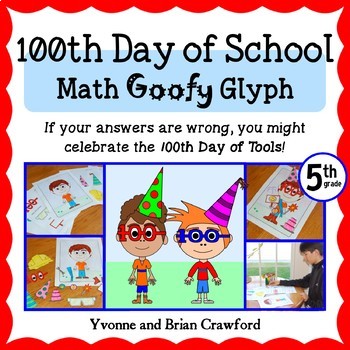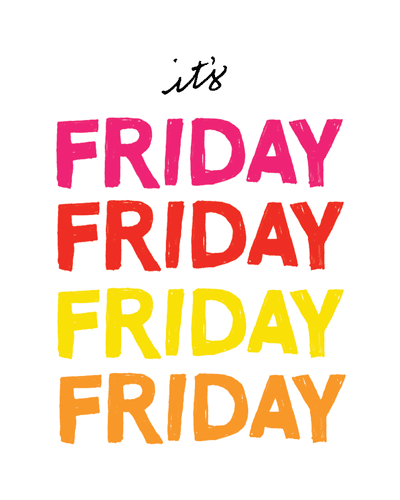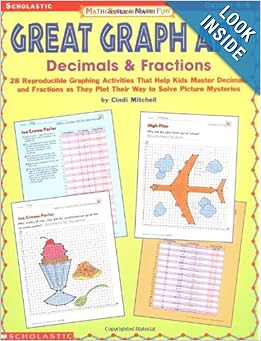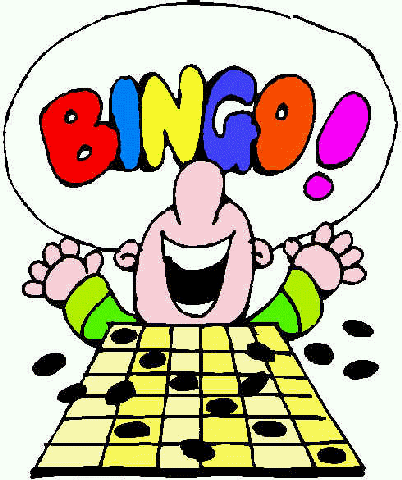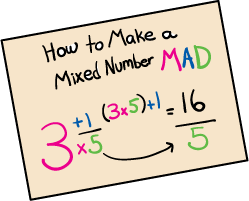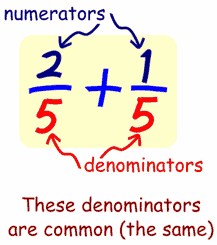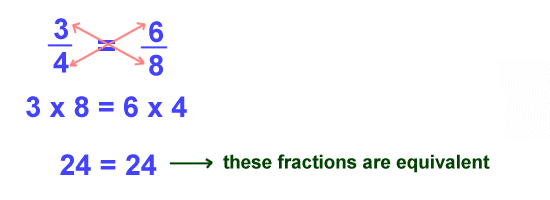I LOVE probability! It's is probably my favorite of all my units (pun intended!)! Today we focused on spinners and working with:
- theoretical probability (what SHOULD happen)
- experimental probability (what DID happen)
We began by defining probability. Probability is the likelihood that an event will happen. I gave the students a spinner that was broken into fourths. We found the theoretical probability of landing on each color in fraction form. Then we discovered how many times we should land on each color if we used our spinner 20 times.
Once we had determined our theoretical probability, we then worked with the experimental probability. Each student (and I) spun 20 times and recorded our data. Next, we compared our individual data to the theoretical data.
Then we combined the data from all the students in each class into a shared Google Sheet and used the "SUM" formula to calculat the totals. We used our totals to make a circle graph. Amazingly enough, we found that the circle graphs we created with our data were almost exact replicas of the spinner we began with! The kids were most impressed! Here is our data with its circle graph:
Mrs. Dittrich's class spun 320 times, so each color should have had a total of 80. You can see our data was very close.
Mrs. Dabbs' class spun a total of 380 times, so each color should have had a total of 95.
Mrs. Johnson's class spun a total of 400 times. Each color should have a total of 100.
We repeated the process with a second spinner.

We looked at our individual experimental data in comparison with the theoretical data, and then we combined our data into a set of classroom data. Again, our combined data morphed into a circle graph that looked very similar to the spinner we began with!
Mrs. Dittrich's class spun a total of 320 times. Red should have been spun 160 times, with blue and yellow being spun 80 times. You can see from the data and graph below, their experimental data was very close to the theoretical data:
Mrs. Dabbs' class spun a total of 380 times. Red should have been spun 190 times, with blue and yellow being spun 95 times. You can see from the data and graph below, their experimental data was very close to the theoretical data:
Mrs. Johnson's class spun a total of 400 times. Red should have been spun 200 times, with blue and yellow being spun 100 times. You can see from the data and graph below, their experimental data was very close to the theoretical data:
Tomorrow, we will combine all of the data from the three classes to see how close our experimental data will be to the theoretical data.
Our exit ticket prompt was:
Describe the outcome of our experiments using the terms theoretical probability and experimental probability.


